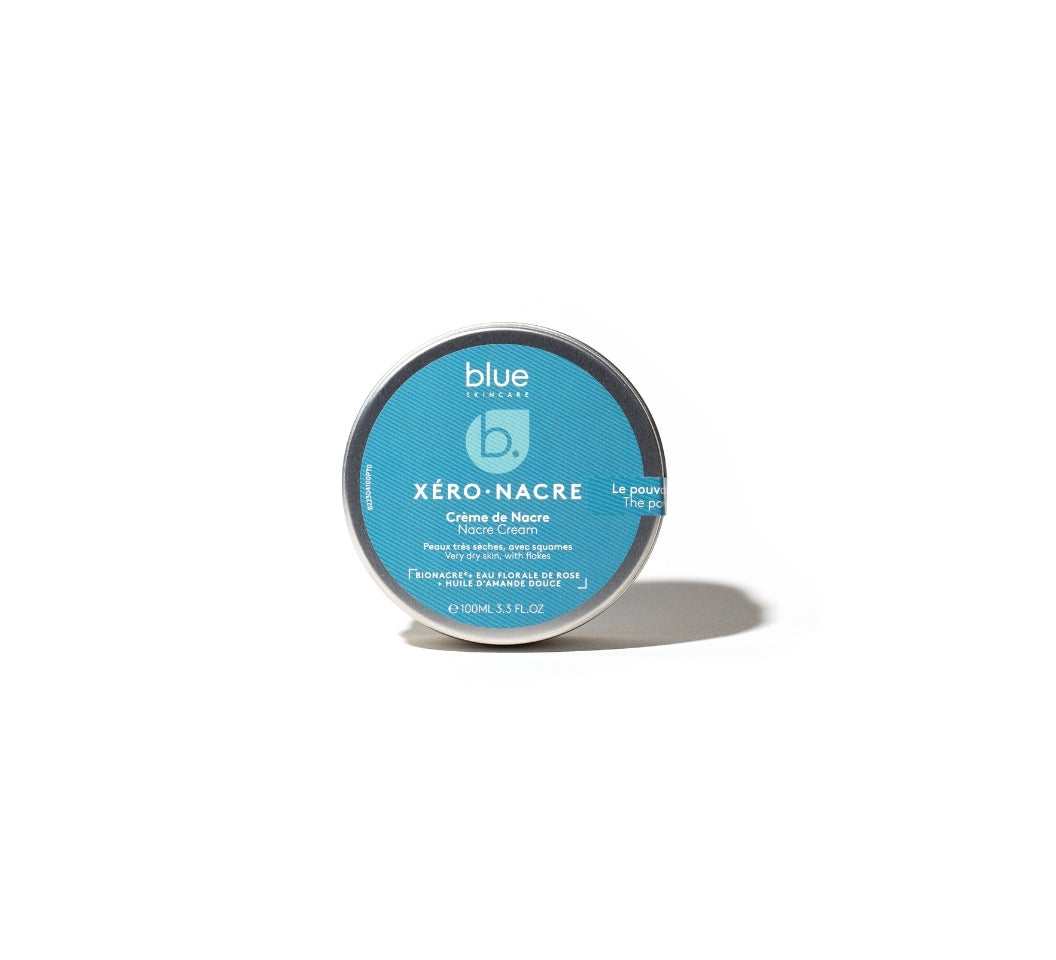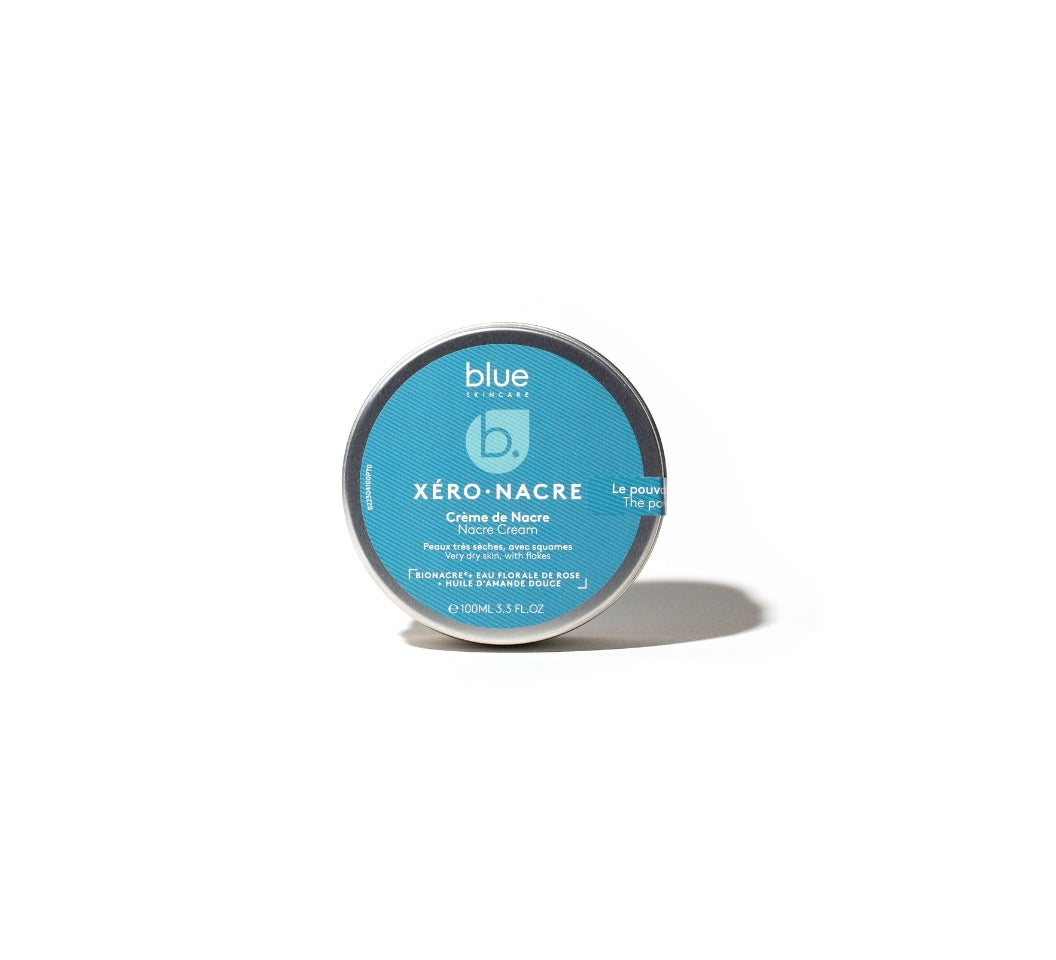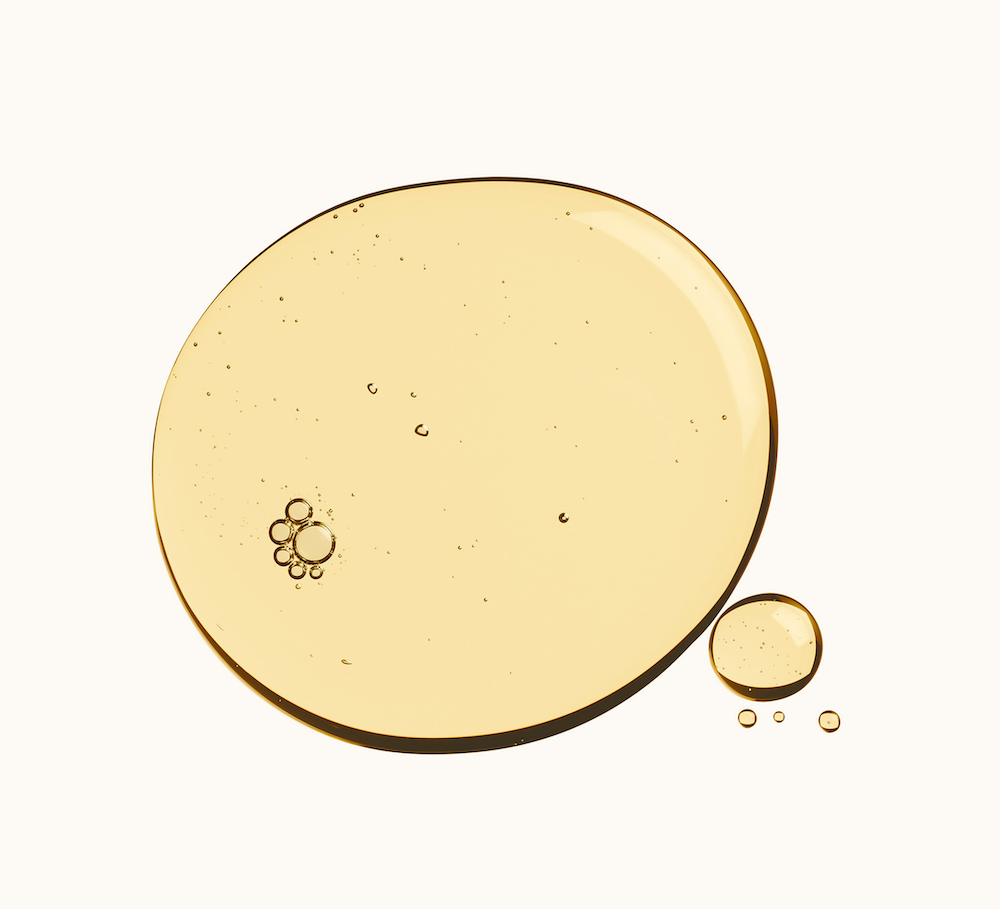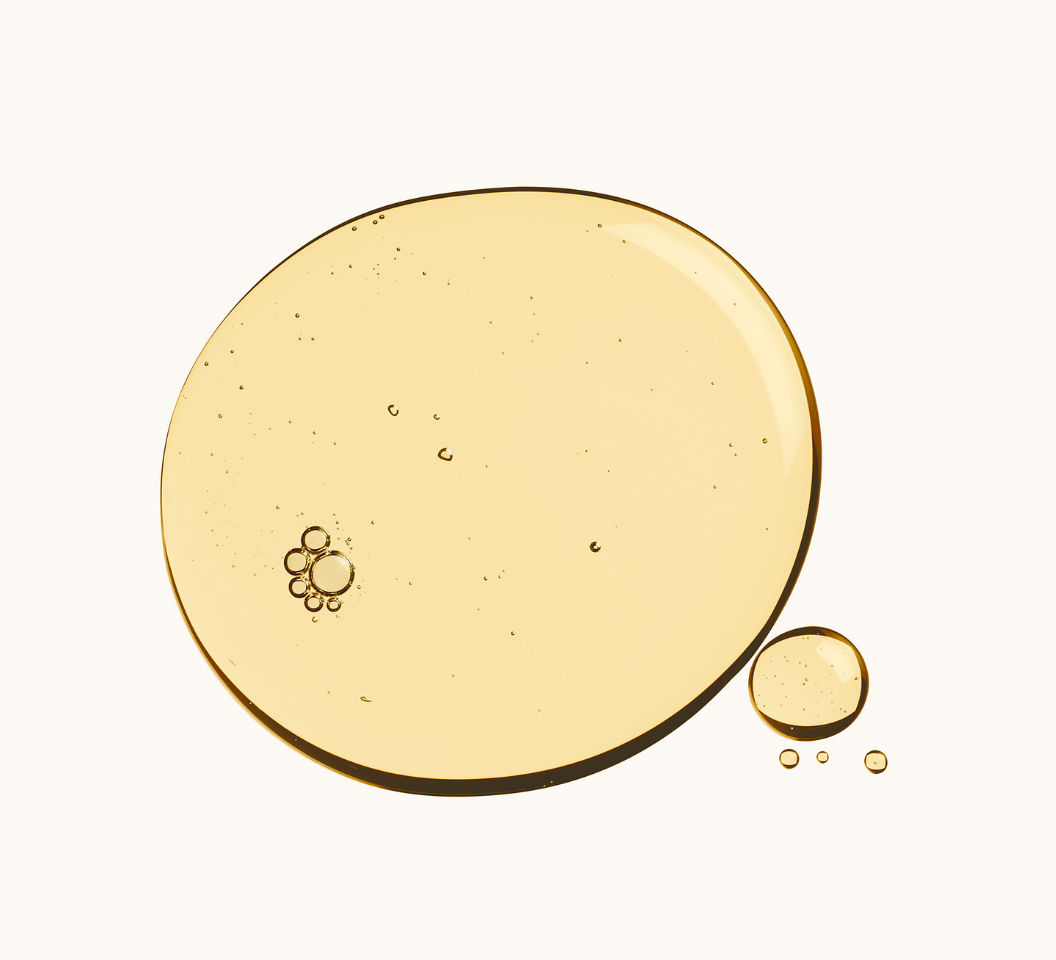Créée dans les années 1990, la chimie verte promet de concevoir et développer des produits (et des procédés chimiques) pour réduire ou éliminer l’utilisation et la synthèse de substances dangereuses.
Selon le CEA (Le Commissariat à l’Énergie Atomique et aux énergies alternatives), la chimie verte s’inspire du concept de développement durable. Elle intègre l’optimisation de l’efficacité et du coût énergétique des procédés, l’économie et le recyclage de matières premières et des sous-produits provenant des réactions chimiques. La chimie verte vise aussi la réduction des déchets ultimes avec bien sûr la réduction de leur impact sur la santé de l’Homme et sur l’environnement.
Réduire l’empreinte chimique avant tout
La chimie verte -appelée aussi chimie durable, chimie écologique, ou encore chimie renouvelable- prévoit des principes pour réduire et éliminer l’usage ou la génération de substances néfastes pour l’environnement. Cette démarche se fait avec de nouveaux procédés chimiques « propres », c’est-à-dire respectueux de l’environnement. Après le développement tout au long du XXe siècle de la chimie industrielle issue des dérivés d’hydrocarbures, celle-ci doit s’orienter vers des principes plus vertueux afin de préserver l’environnement comme la santé humaine (face au nombre croissant de pathologies : cancer, diabètes, maladie d’Alzheimer, autisme.).
D’ailleurs, l’un des enjeux majeurs de cette chimie verte est la réduction de la production massive de substances dites CMR (cancérigènes, mutagènes, toxiques) ou perturbateurs endocriniens.
Les autres enjeux majeurs de cette chimie verte sont :
- La réduction de la dépendance aux énergies non renouvelables et de l’empreinte carbone des industries
- Le problème de la décomposition des déchets mis en décharge
- La volonté de tirer parti de certaines ressources abondantes et inutilisées, comme le dioxyde de carbone.
Respecter les douze principes fondateurs de la chimie verte

Le concept de chimie verte est apparu aux États-Unis dans les années 90. En 1998, Paul Anastas et John Warner, chercheurs à l’Agence américaine pour l’environnement (EPA), ont jeté les bases théoriques de cette nouvelle discipline en publiant un ouvrage énonçant 12 principes fondateurs.
1. Prévention
Mieux vaut éviter de produire des déchets que d’avoir ensuite à les traiter ou s’en débarrasser.
2. Économie d’atomes
Mise en œuvre de méthodes de synthèse qui incorporent dans le produit final tous les matériaux entrant dans le processus.
3. Conception de méthodes de synthèse moins dangereuses
Dans la mesure du possible, les méthodes de synthèse doivent utiliser et produire des substances faiblement toxiques (ou non toxiques) pour les humains et sans conséquences sur l’environnement.
4. Conception de produits chimiques plus sûrs
Mise au point de produits chimiques atteignant les propriétés recherchées tout en étant le moins toxiques possible.
5. Solvants et auxiliaires moins polluants
Renoncer à utiliser des auxiliaires de synthèse (solvants, agents de séparation, etc.) ou choisir des auxiliaires inoffensifs lorsqu’ils sont nécessaires. Des méthodes non conventionnelles d’activation peuvent être utilisées : utilisation de l’eau comme solvant, de fluides supercritiques, chauffage par micro-ondes, remplacement par des liquides ioniques, etc.
6. Recherche du rendement énergétique
La dépense énergétique nécessaire aux réactions chimiques doit tenir compte de son incidence sur l’environnement et sur l’économie pour être réduite au minimum. Dans la mesure du possible, les opérations de synthèse doivent s’effectuer dans les conditions de température et de pression ambiantes.
7. Utilisation de ressources renouvelables
Utiliser une ressource naturelle ou une matière première renouvelable plutôt que des produits fossiles, dans la mesure où la technique et l’économie le permettent.
8. Réduction du nombre de dérivés
Éviter, si possible, la multiplication inutile des dérivés qui nécessitent un surplus d’agents réactifs et peuvent produire des déchets.
9. Catalyse
Préférer les solutions catalytiques qui sont recyclables. Un catalyseur est une substance rajoutée à une solution chimique pour réaliser la réaction chimique. Il accélère la vitesse de réaction en abaissant l’énergie et sort inchangé du processus chimique, ce qui explique pourquoi il est recyclable.
10. Conception de produits en vue de leur dégradation
Les produits chimiques doivent être conçus pour se décomposer en déchets inoffensifs biodégradables à la fin de leur utilisation.
11. Observation en temps réel en vue de prévenir la pollution
Les méthodes d’observation doivent être perfectionnées et permettre ainsi la surveillance et le contrôle en temps réel des opérations en cours, et maitriser leur suivi pour identifier toute formation de substances dangereuses.
12. Une chimie fondamentalement plus fiable
Le choix des substances et de leurs processus chimiques doit anticiper les risques d’accidents (émanations dangereuses, explosions et incendies).
Les victoires de la chimie verte
En 2005, le chimiste japonais Ryoji Noyori a identifié trois clés pour favoriser le développement de la chimie verte : l’utilisation de dioxyde carbone (CO2) à l’état de fluide supercritique comme « solvant vert », du peroxyde d’hydrogène aqueux pour épurer les oxydations, et d’hydrogène dans les synthèses asymétriques.
Point intéressant, les chimistes ont découvert que lorsque les molécules de CO2 sont maintenues dans un état transitif (état intermédiaire entre l’état liquide et l’état gazeux), ce gaz agit comme un réfrigérant industriel. Les applications de ce CO2 dit “transcritique” permettent de réfrigérer les supermarchés, les usines agroalimentaires, les entrepôts, les patinoires ou les camions de livraison.
Donc, si les chlorofluorocarbones et les hydrofluorocarbures (des gaz à effet de serre communément utilisés pour la réfrigération) sont remplacés par ce fameux CO2 transcritique, on réduit de 15% environ l’impact écologique.
En cosmétique, ce CO2 transcritique intervient dans le procédé vert d’extraction de molécules odorantes pour élaborer les parfums. Il permet aussi la décaféination.
La bioingénierie est aussi une technique prometteuse avec la réalisation de processus chimiques à l’intérieur d’organismes (cellules vivantes).
Le polyéthylène (PET), léger et robuste, est le plastique le plus utilisé (bouteilles d’eau et de shampooings, sacs, packagings). Avec sa structure moléculaire extrêmement stable, le PET se dégrade difficilement. Mais des chercheurs japonais ont découvert une bactérie qui le décompose et même des enzymes qui accélèrent ce processus de décomposition !
En Californie, des chercheurs de Stanford ont trouvé un moyen de produire du plastique sans utiliser de pétrole, à partir de CO2 et de sous-produits industriels ou déchets de l’agriculture (des fibres issues de la production de jus de carotte).
Si au départ chimie et vert semblait semblaient incompatibles, force est de constater que la chimie verte a réussi le pari de réduire la fabrication et l’utilisation de quelques matières dangereuses aussi bien pour l’humain que pour la planète. Mais elle a encore beaucoup de chemin à parcourir.































